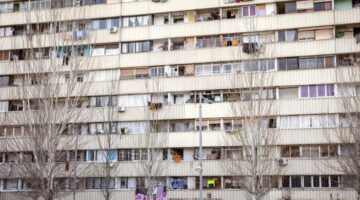
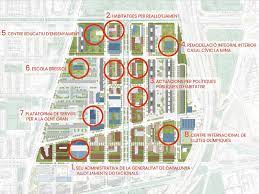
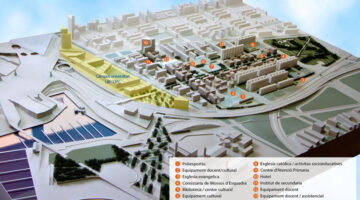
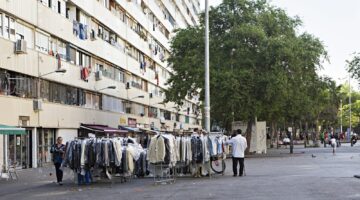
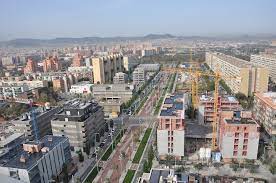
La Mina Neighbourhood Transformation Plan, Barcelona
Main objectives of the project
La Mina, a neighbourhood in Sant Adrià del Besòs, faced high vulnerability due to its original design and socio-demographic characteristics. To reverse this, the La Mina Neighbourhood Transformation Plan ("Plan de Transformación del barrio de La Mina", in Spanish), managed by the Consorcio del Barrio de La Mina, combined management and funding models to carry out physical and socio-economic interventions. The rehabilitation of buildings to improve energy efficiency and accessibility, and the improvement of open spaces to ensure universal accessibility stand out. Institutional collaboration and citizen participation have been key to achieving coherent and effective interventions in the neighbourhood.
Date
- 2002: En proceso
Stakeholders
- Promotor: Consorci de la Mina
- Promotor: INCASOL
- Sant Adrià del Besós
Location
Country/Region: Barcelona, Spain
Description
La Mina is a neighbourhood located in the municipality of Sant Adrià del Besòs, characterised as a housing estate. Born in the mid-20th century, it was created to relocate the majority of the population that lived in the shantytowns of Somorrostro beach and other areas of the city of Barcelona. The original design of the area, together with certain socio-demographic characteristics and its location almost at the end of the Besòs river, led to a situation of high vulnerability that still persists. To reverse this situation, the "La Mina Neighbourhood Transformation Plan" was implemented, managed by the La Mina Neighbourhood Consortium. This plan has combined different management and funding models over time, focusing on two lines of action: a series of physical interventions that support socio-economic ones.
Within the interventions in the built environment, the opening of axes to improve the road network, the increase of accessibility and the provision of new facilities stand out. Particularly noteworthy are the rehabilitation of residential buildings constructed with prefabricated processes, which needed improvements in energy efficiency and accessibility, such as those located in the neighbourhood of La Mina Vieja. Improving the accessibility of buildings is synergistically related to improvements in open spaces, generating new areas that guarantee universal accessibility at the urban level. In addition, institutional collaboration and citizen participation, together with the comprehensive management of the process by the Consorcio del Barrio de La Mina, have made it possible to establish interventions that present a coherent image in the different areas intervened.
Thus, a large Rambla has been opened in the centre of the neighbourhood, new community facilities and spaces have been opened... In addition, progress has been made with INCASOL, the Catalan public housing developer, in the construction of social housing, where families from the so-called Venus Block, one of the blocks of flats pending demolition, will be rehoused in the future.

